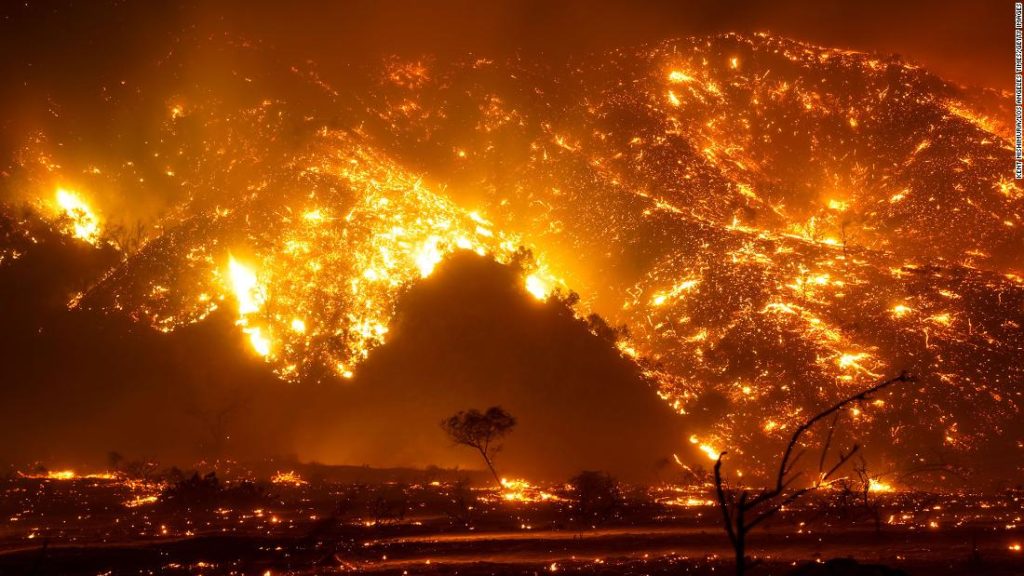The last six years are now the hottest six on record, with 2020 on par with 2016 as the hottest year ever recorded.
Last year’s temperatures were 0.6 degrees Celsius (1.08 degrees Fahrenheit) warmer than the 1981 to 2010 average, and 1.25 degrees Celsius (2.25 degrees Fahrenheit) above the pre-industrial average.
However, it was abundantly clear in 2020 that the world is already seeing worsening disasters from climate change.
Huge parts of the Arctic saw temperatures more than 3 degrees Celsius (5.4 degrees Fahrenheit) above average, and some locations saw average temperatures more than 6 degrees Celsius (10.8 degrees Fahrenheit) above normal for the year.
“2020 stands out for its exceptional warmth in the Arctic and a record number of tropical storms in the North Atlantic,” said Carlo Buontempo, the director of the Copernicus Climate Change Service, in a news release. “It is no surprise that the last decade was the warmest on record, and is yet another reminder of the urgency of ambitious emissions reductions to prevent adverse climate impacts in the future.”
La Niña fails to cool the planet down
It is no surprise that 2016, which had previously been the hottest year on record, featured a strong El Niño for the first half of the year. It is remarkable, however, that even with the cooling effects of La Niña present, that 2020 would feature the same amount of global heat.
This provides yet another yardstick to measure the impact that human-caused global warming is having on the planet’s climate.
Greenhouse gas levels rise despite Covid lockdowns
2020 set another record according to Copernicus Climate Change Service, with carbon dioxide concentrations reaching a maximum of 413 parts per million (ppm) during May.
The increase in atmospheric CO2 concentration in 2020 was slightly less than what was seen in each of the past two years (2.3 ppm vs 2.5 and 2.4 in 2019 and 2018, respectively).
You may also like
-
UK coronavirus variant has been reported in 86 countries, WHO says
-
NASA technology can help save whale sharks says Australian marine biologist and ECOCEAN founder, Brad Norman
-
California Twentynine Palms: Explosives are missing from the nation’s largest Marine Corps base and an investigation is underway
-
Trump unhappy with his impeachment attorney’s performance, sources say
-
Lunar New Year 2021: Ushering in the Year of the Ox

